Metal panel roofing and siding have become top choices for construction projects thanks to their durability, versatility, and eye-catching appeal. Whether you’re working on a residential home, commercial building, agricultural shed, or industrial facility, metal panels deliver outstanding performance and longevity. In this guide, you’ll be walked through the essential components of metal panel roofing and siding, explaining their roles and benefits in your construction project as you talk to current and potential customers.
When you’re considering metal panels for your project—be it roofing, siding, or an internal application—it’s crucial to understand the different products you’ll need to get the job done right. If you have any questions about your specific project or need further guidance, don’t hesitate to reach out to us through our contact form.
Metal Panel Roofing:
Metal panel roofing systems are well-regarded for their durability and resistance to the elements, making them a great choice for many types of buildings. Here’s a breakdown of the key components you’ll need:
- Panels: Metal roofing panels come in various profiles such as standing seam, corrugated, and ribbed designs. These panels, typically made from galvanized steel, or other metals, are known for their strength, long life, and minimal maintenance needs. Metal Central locations offer 13 different panels for your home, business or other project.
- Fasteners: Fasteners are essential for securing metal roofing panels to your building’s structure. They come in various forms like screws, nails, and clips, each designed to ensure a secure fit while allowing for thermal expansion and contraction. Choosing the right fastener for your application is crucial for the longevity and performance of your roofing. We provide a range of screws and pop-rivets, with color-matching options.
- Trim Components: Trim is used around roof penetrations, valleys, and transitions to prevent water from seeping in and to protect vulnerable areas. For metal panel systems, metal trim is the best choice and is usually made to match your selected panel system. We offer a variety of standard and custom trim options, including vented trims, which you can design using our Central Link trim editor tool.
- Sealant: Sealant is applied to joints, seams, and penetrations to ensure a watertight seal and prevent moisture intrusion. Common materials include silicone, polyurethane, and butyl rubber. We offer a range of tube sealants, color-matching options, and additional products like butyl tape and closures.
- Underlayment: Installed between the metal panels and the roof deck, underlayment provides extra protection against water intrusion and improves thermal insulation. Typical options include synthetic felt, asphalt-saturated felt, and self-adhering membranes.
Metal Panel Siding:
Metal panel siding is praised for its durability, versatility, and visual appeal, making it a popular choice for both residential and commercial buildings. Here’s what you need to know about its main components:
- Panels: Metal siding panels come in various profiles, including horizontal and vertical orientations, ribbed designs, and smooth finishes. While some panels can be used for both roofing and siding, others are specific to one application. Metal Central locations offer 10 siding panel profiles, including options for soffits in both vented and non-vented designs.
- Trim Components: For siding, trim components like corner trim, J-channels, and fascia are used to finish the edges and corners of the panels, giving a clean and professional look. These trims are different from roofing trims but serve a similar purpose in protecting against damage and providing structural support. We provide a variety of standard and special trim options for more complex needs.
- Fasteners: Just like with roofing, fasteners are used to attach metal siding panels to the structure. They come in different types and sizes depending on the panel profile and installation method. We offer various standard and special trims and fasteners, with options for vented components.
- Sealant: Sealant is also used in siding installations to create a watertight barrier at joints, seams, and penetrations. Common sealants include silicone, polyurethane, and butyl rubber. We have a range of tube sealants in color-matching options, as well as butyl tape and closures.
Conclusion:
Metal panel roofing and siding systems offer exceptional durability, versatility, and aesthetic appeal for a variety of construction projects. By understanding these fundamental components and their roles, you can ensure your project is not only robust and weather-resistant but also visually striking and sustainable. As demand for high-performance building materials grows, metal panel systems continue to lead the way in innovation, providing reliable and cost-effective solutions for diverse architectural and environmental needs.
If you need any additional information, feel free to look through all of our panel selections, trim and accessories at https://www.metalcentral.com/products/

